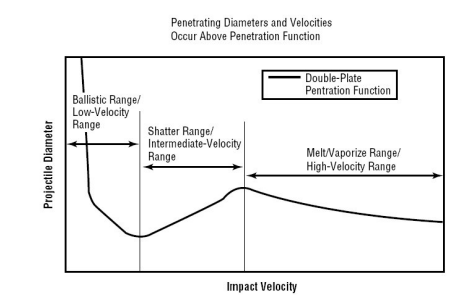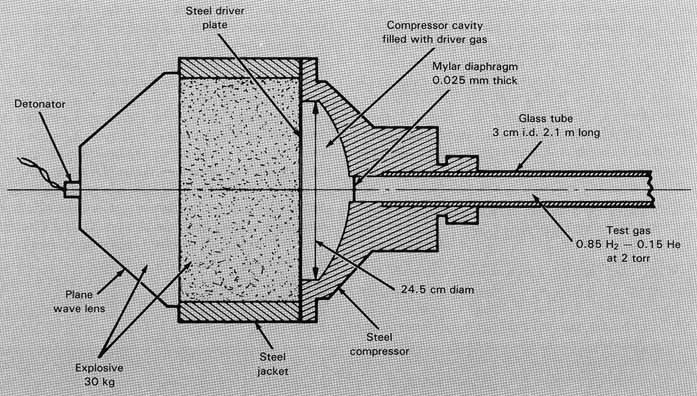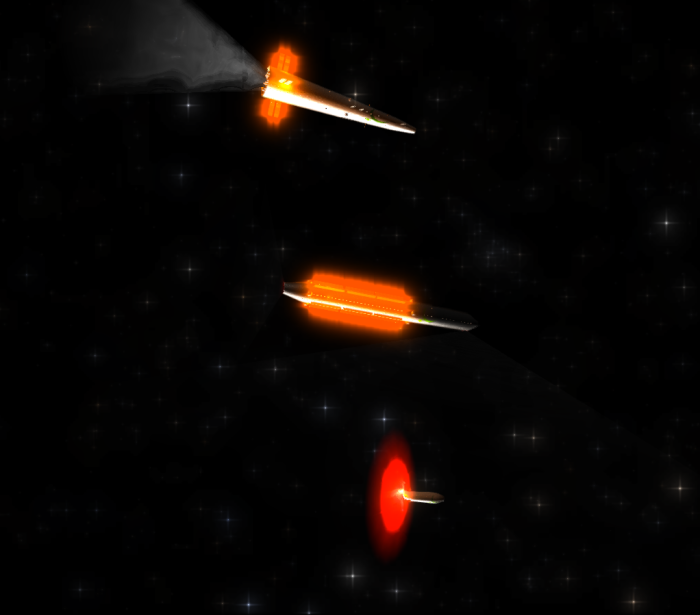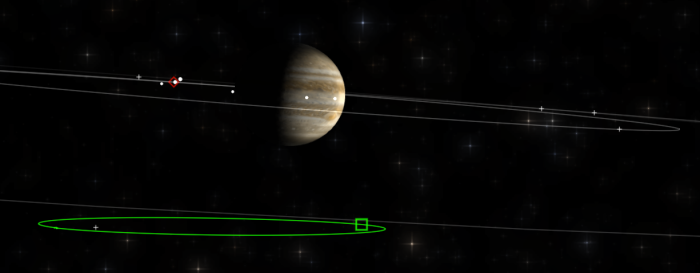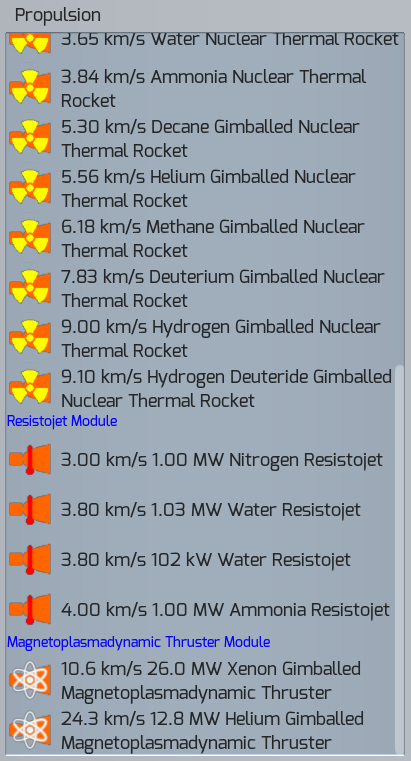Few concepts of space warfare have inspired as much controversy (and hate mail) as discussing stealth in space, so I figured it’s time to have an article about that.
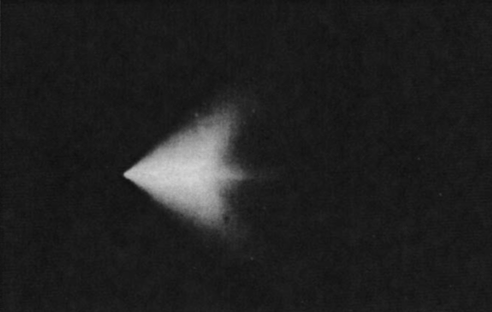
For starters, though, I’d recommend checking out Winchell Chung’s website, Atomic Rockets, which has an excellent discussion on this topic, aptly titled There Ain’t No Stealth in Space. I will summarize the main points about stealth here, but for an in-depth discussion of them, see the above link.
- Carefully scanning the entire celestial sphere takes 4 hours or less.
- Thruster burns of any drive with reasonable power can be detected all the way across the solar system (billions of km away).
- Even with engines cold, the heat from radiators attached to life support will be detectable at tens of millions of km away, which is still far too large to get any sort of surprise.
- Radiating heat in a single direction (away from the enemy) is easily defeated by fielding a number of tiny detector probes which idly coast about the system. Additionally, the narrower of a cone in which you radiate heat, the larger and larger of radiators you need to field. A 60 degree cone of radiation is roughly 10% as efficient, and it only gets worse the tighter of a cone you have.
- Making a huge burn and then trying to stealthily coast for months to the target is do-able, but as long as your enemy can track your first burn, they can very accurately predict where you’ll be as you coast across the solar system. And you still have to worry about radiating your heat for months.
- Decoys are only really viable on really short time scales, such as in combat. Over the long term, study of a decoy’s signature over time will reveal it’s true nature. It would need a power source and engine identical to the ship it’s trying to conceal, as well identical mass, otherwise the exhaust plume will behave differently. This means your decoy needs to be the same mass, same power, same engine as your real ship, so at that point, why not just build a real ship instead?

There are a few more points that are not mentioned but I get messaged about them a lot, so I’ll put them here.
- Hiding behind a planet to make a burn is not really feasible. All it takes is two detectors at opposite sides of this planet to catch this. In reality, a web of tiny, cheap detectors spread across the solar system will catch almost all such cases.
- A combat-ready ship will require very hot radiators for its nuclear powerplant for use in combat. If these radiators are going to be completely cold for the journey, they will suffer enormous thermal expansion stress when activated. In order to avoid this, very exotic and expensive materials for your radiators will be needed to get from 10 K to 1000 K without shattering. Not only that, your radiator armor will need to be similarly exotic, which means it will likely not be very good at armoring your radiators anyways.

Now there are plenty of dissenting views (as Atomic Rockets is good to point out, as well as rebuttals to the rebuttals). Certain partial solutions, such as using internal heatsinks, and so on, are pointed out, but they all are very limited.
Ultimately, stealth in space is somewhat possible, but current proposed solutions are either ridiculously expensive, impractical, or require you to accept limitations that defeat the purpose of stealth in the first place. Indeed, rather than consider it a ‘yes-or-no’ question, it’s simply a matter of how close you can get to the enemy before they detect you.
In practice, ‘how close’ generally means halfway across the solar system, with expensive stealth solutions reducing that distance only partially. Given this, Children of a Dead Earth runs with the assumption that stealth is not a reasonable military tactic for near future space warfare.
But let’s look at an example of possible stealth: replacing your main engine (nuclear rocket or combustion rocket) with a solar sail. Your exhaust plume is now nonexistent, but now you have to take decades to centuries deliver a military payload anywhere (troops or weaponry). Your best bet is to keep your payload very small if you want to get anywhere in reasonable time. And you still have to worry about your radiators.
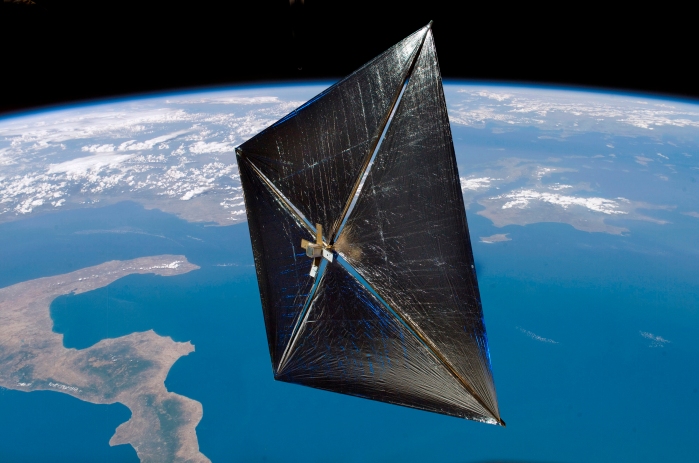
Suppose replace your crew module with basic electronics, and do away entirely with the crew and their hot radiators. This is reasonable for any short term space travel, but over the course of months where things can and will go wrong with the ship or the strategic situation, having a human element is necessary. Alternatively, if Strong AI can be developed, this is another possible solution, but this assumes that such an AI won’t require lots of power and heat to radiate as well.
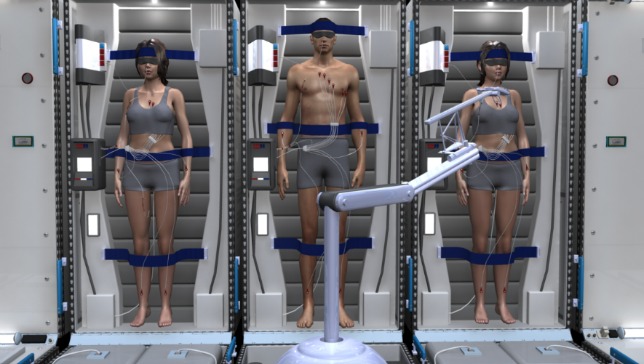
Given a solar sail and crewless ‘dumb’ ships with miniature payloads, you can build ships that can sneak across the solar system and do very little. Such ships would be unable to respond to complex and unexpected tactical decisions, and would be very easy to outsmart, as well as easy to spoof with electronic warfare. They could perhaps be used as mines, given a tiny amount of a delta-v and a small nuclear payload.
Ironically, this specification of tiny, ‘dumb’ stealth crafts is exactly what you need to build a web of detectors scattered about the solar system. This means the field of cheap detectors you want spanning the solar system can be created stealthily.
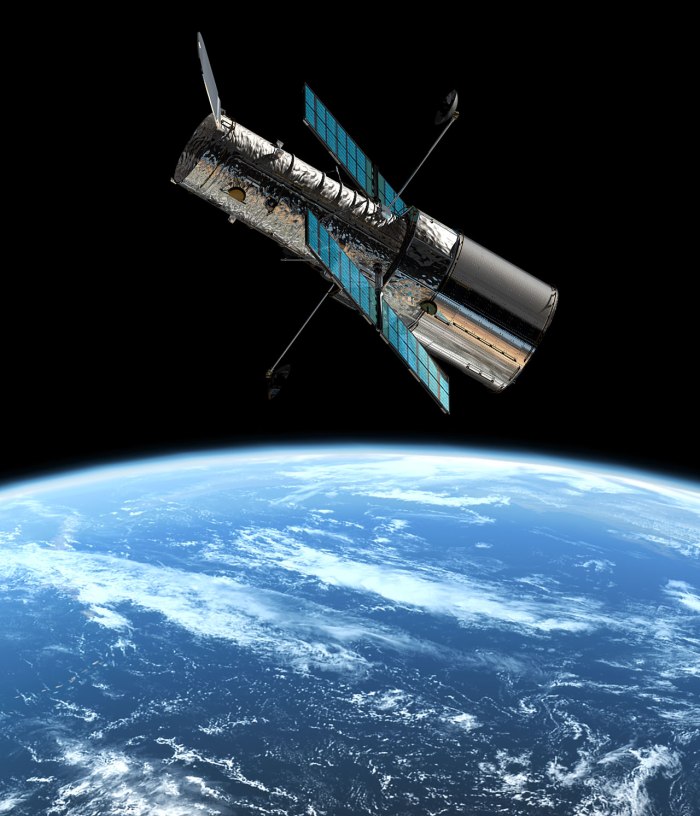
Defensive stealth in space exists in full force. When you enter orbit of an the enemy’s planet, they might have an inordinate amount military hardware and spacecrafts hidden beneath the surface. But as soon as they launch, the secret is out.
This idea plays a major role in Children of a Dead Earth, as when the enemy drops into orbit around your planet, one must always be wary that the enemy fleet is simply trying to draw out your forces to get a tally on what you actually have. This constantly requires balancing of launching just enough firepower to deal with the enemy without revealing too much about one’s own reserves.
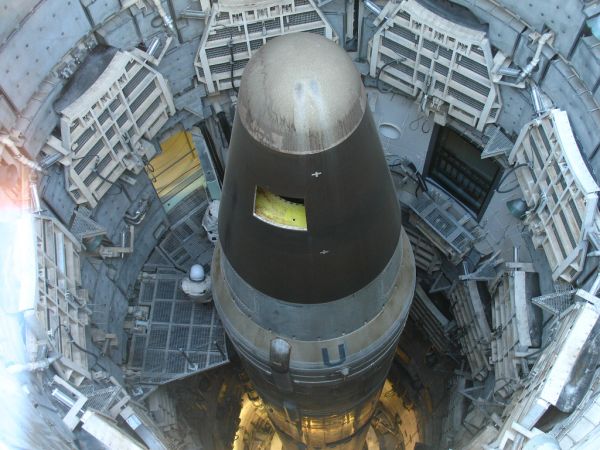
The easiest way to conceal a large amount of military hardware for a long distance invasion is to hide it amongst commercial traffic. Of course, this requires complicity with the civilian traders, either bought with money or intimidation, but it is possible. And such perfidy also plays a key role in Children of a Dead Earth.
With that all in mind, I will admit that at the beginning of my project, I was dead set on getting stealth to work in space warfare. Ultimately, I came to the conclusion that while stealth in space is certainly possible, it is not feasible given mass, cost, and time constraints. If you want stealth, you need to pay the price of decades-long travel times, enormously massive ships, vastly reduced military effectiveness, or all of the above all at once.
At the beginning of the project, I did explore some more exotic solutions to stealth, but I ultimately wasn’t keen on implementing technologies that were not heavily reviewed and published in scientific articles. At some point though in future posts, I will go over all of the more ‘out there’ technologies I considered for all aspects of space warfare (like a hypothetical nuclear rocket which generates an exhaust plume at 30 K, for instance). Stay tuned!















